The return to physical retail: making the store the centre of your post-Covid hybrid strategy
When online retail sales hit over 40% compared to offline, in 2020, many were predicting that one long-term impact of the pandemic would be the end of the physical store, maybe not immediately but certainly an acceleration of its demise would occur.
What we have seen though is a return to physical stores, if not quite the same levels as pre-pandemic, then at least to similar. And the disparity could be explained by the economic headwinds that consumers are experiencing.
Human beings are intrinsically social animals, as the cliché goes, “people buy from other people” and there has certainly been a desire for customers to return to retail as a personal experience, to get back that experiential element of the consumer journey. We’ve already seen that many shoppers are not happy with the drive to convenience at all costs in-store.
They have the option of uber convenience online if they want it. What the return to physical retail is showing is that consumers want something more from their (mainly) hedonic shopping experience, they want a connection, an experience.
But the move back to the store is not just driven by customer desire for some normality, for some social contact. There are also solid, strategic reasons for brands to re-invest in high streets. There are significant online headwinds that are now making physical retail more attractive, when once e-commerce was seen as the golden goose in retail.
Returns have always been an issue for brands. For online pureplay retailers, focused on grabbing as large a slice of the consumer pie as possible, offering a customer centric returns policy was critical.
Online players had to ensure that their customers could order with confidence around size and style. But the cost of handling an increasing volume of returns is now a significant anchor dragging online down.
Whilst there is no one silver bullet to the return’s conundrum, physical retail offers multiple solutions. Especially when used in conjunction with, not against, online. Don’t use the store as a mini warehouse, use it a showroom. Use it to engage with your customers, to show off your products.
Allow your sales associates to discuss with the customer their needs, discuss sizing, let them touch and feel the product, getting a sense of quality. All these factors play into reducing the blanket “order as many as I need to make a decision” returns behaviours. But more than that, such interactions build a relationship between your brand and your consumer, building trust and loyalty.
In using the physical store to drive greater engagement with the consumer, don’t ignore the power of your online store and indeed the growing relevance of curated marketplaces. Whilst some online marketplaces will talk about AI curated marketplaces and “personalisation”, the physical store can offer a truly curated experience.
Knowledgeable staff, provided with the right tools such as magic mirrors or VR headsets and with access to the full product range can discuss in real-time a truly personalised offer. Personal in a truly interactive way. But with access to the long tail of products without using up valuable in-store space.
The challenge now is putting the right tools in the right hands. The failure of contactless stores in recent years shows us that technology for technology’s sake will fail, regardless of how good the tech is.
Technology for the customer’s sake though will succeed. The likes of RFID have been around forever but are now finding powerful use cases in-store.
Linked to AR or magic mirrors they offer huge benefits to your in-store team and more importantly your customer. Bluetooth and in-store WiFi can help map your customer’s journey but also help link up critical data to form a rounded view of your customer.
Over recent years most retailers have moved from short-term metrics to longer-term, more meaningful KPIs such as “Customer LifeTime Value” and whilst CLV is much harder to measure in a true omnichannel environment, again the store will play a key role; not just in measuring this critical KPI, but in creating the relationships that will drive success over the lifetime of a customer.
Online loyalty is famously transient, when customers value convenience and price sensitivity they will follow the cheapest, most convenient offering. To drive community and true loyalty, you need to engage with the customer at a different level, and this needs engagement at the human level.
In creating strong customer engagement, and focusing on lifetime value rather than other, more transient, KPI’s, retailers can mitigate against another current online headwind; the cost of paid search and remarketing.
These are a significant overhead and when taken in conjunction with the costs involved in returns handling, it’s not surprising pureplays are struggling, and indeed many are looking to physical stores to move to profitability.
The high street store, when done correctly, can be a physical embodiment of your brand and as mentioned already, create a strong enough link with your customer that paid search becomes less important and your customers will engage directly with you, in whichever channel they choose.
But of course, capturing data about a customer in-store is not as simple as online. In-store, customers are less willing to offer up personally identifiable information. This is where strong brand engagement, a powerful message and excellent customer service from your in-store teams brings real benefits.
You cannot just expect to receive such information, even if they’re already online with your brand. You must make it compelling for your customer. There are excellent customer facing startups doing great things, such as those delivering digital receipts and offering extensive benefits to both consumers and retailers post-sale.
Well thought out mobile apps, when combined with the right in-store technology, can bridge the data gap as well. There is significant research showing that proximity is a key driver, even for value conscious consumers. The closer the consumer is to your location, the smaller the promotion required. Remember, analytics are not just for websites.
The reality is that customers today have so many ways to interact with your brand, but by giving them a truly “personalised” in-store experience, utilising all the technologies we, as retailers, access to today, you can build a level of loyalty and commitment that will stretch into all other channels where your customer shops.
And more importantly, a happy customer will tell other potential customers and in doing so, not only are you reducing your paid search costs, but organic search will improve.
About the author: Mike Cadden is an IT Director and CIO with 25 years’ experience running technology teams and strategic delivery for many leading UK and international retailers.




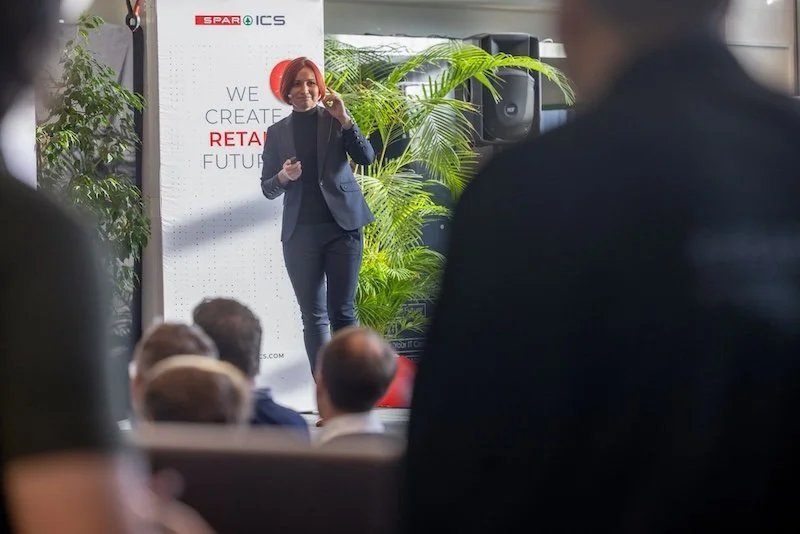


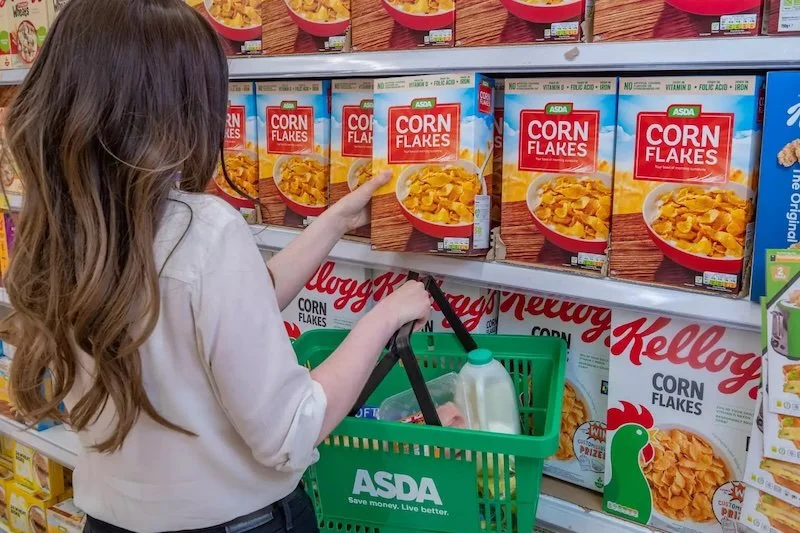
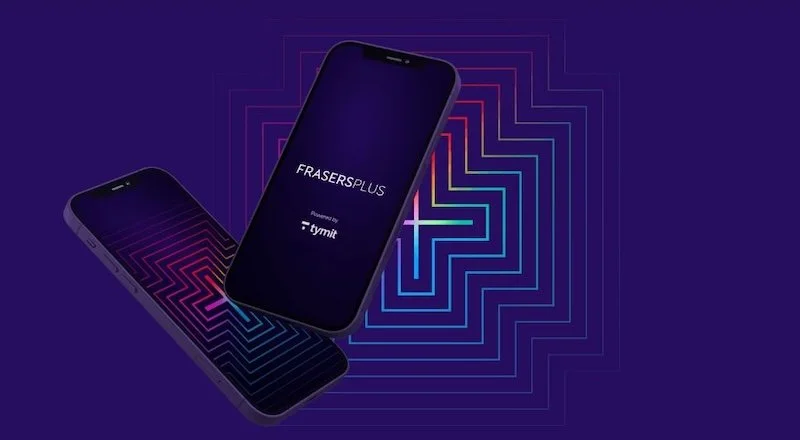
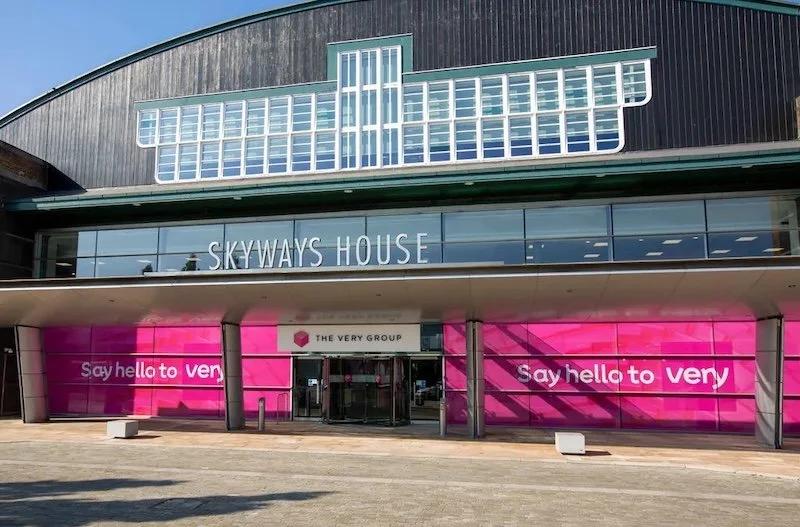



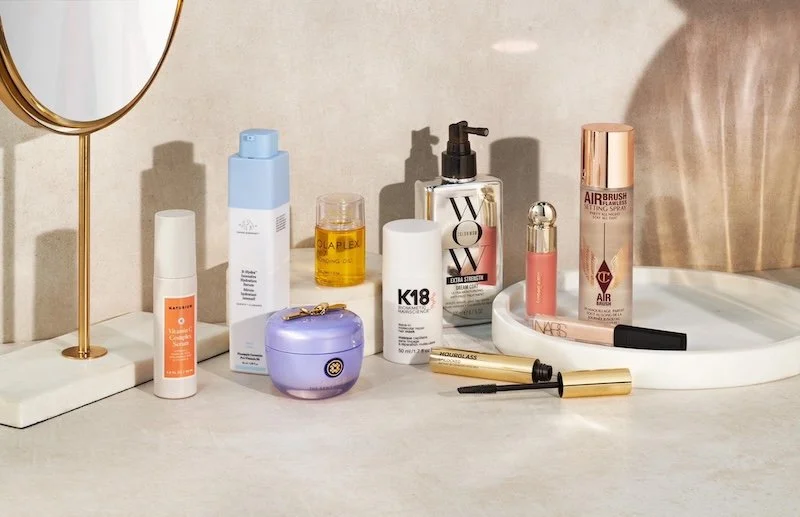
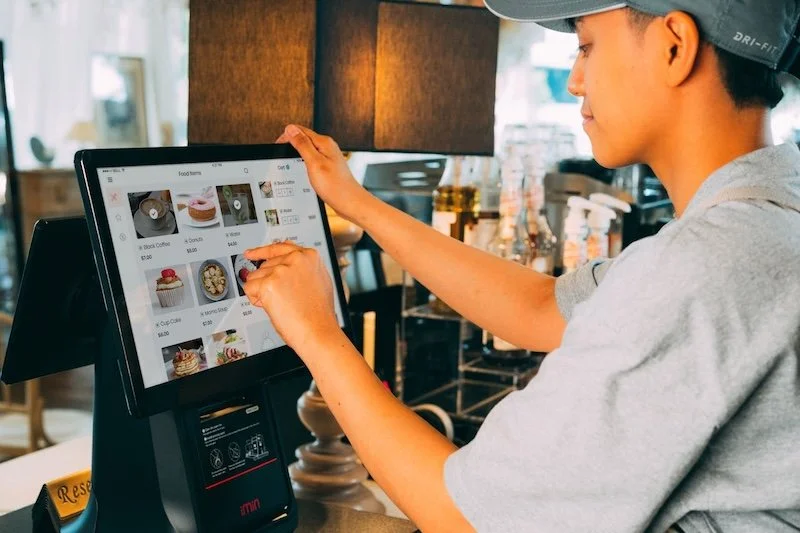
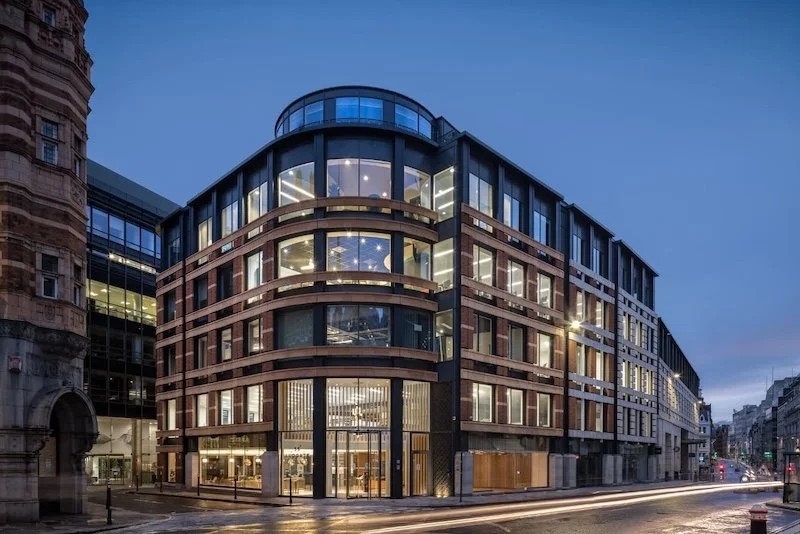

Continue reading…